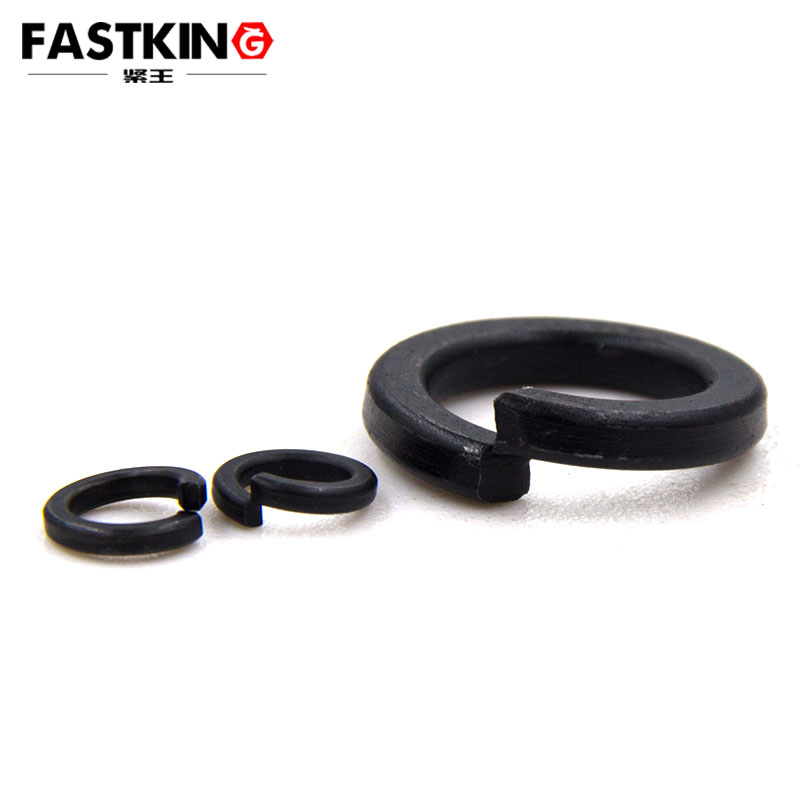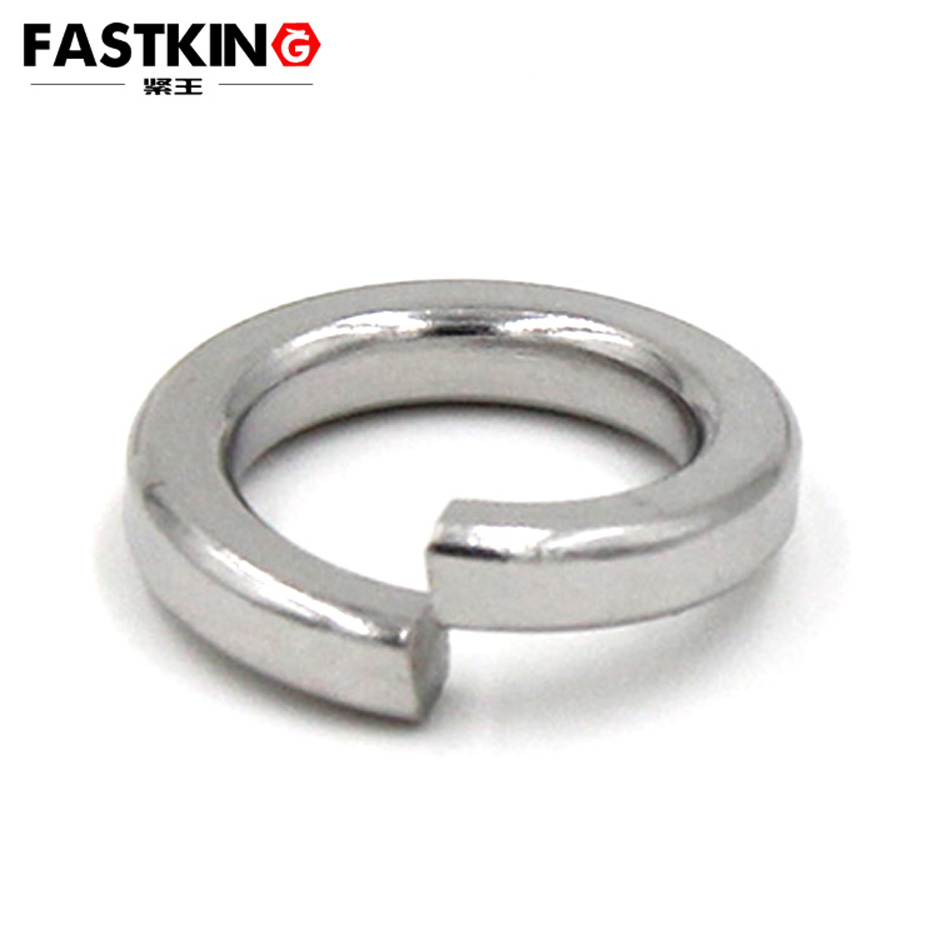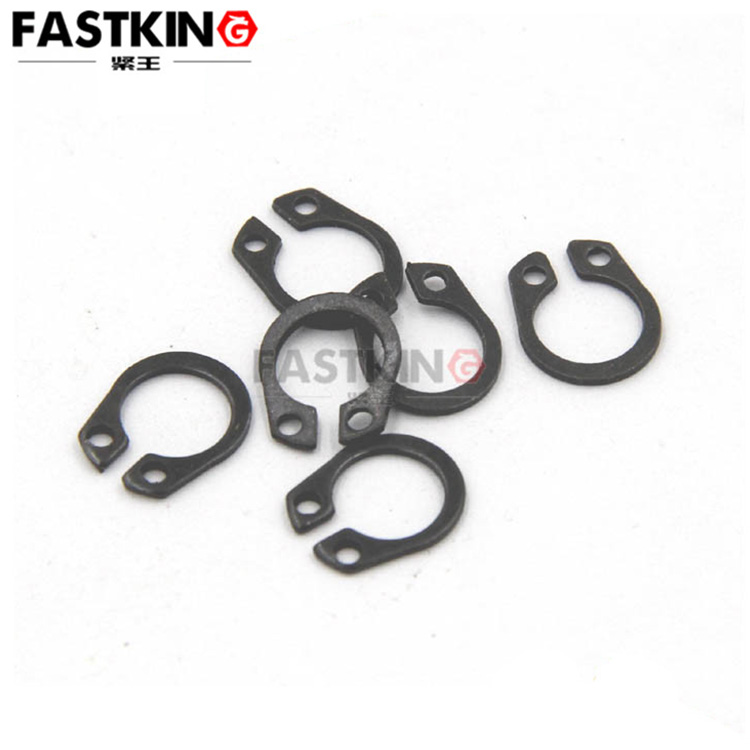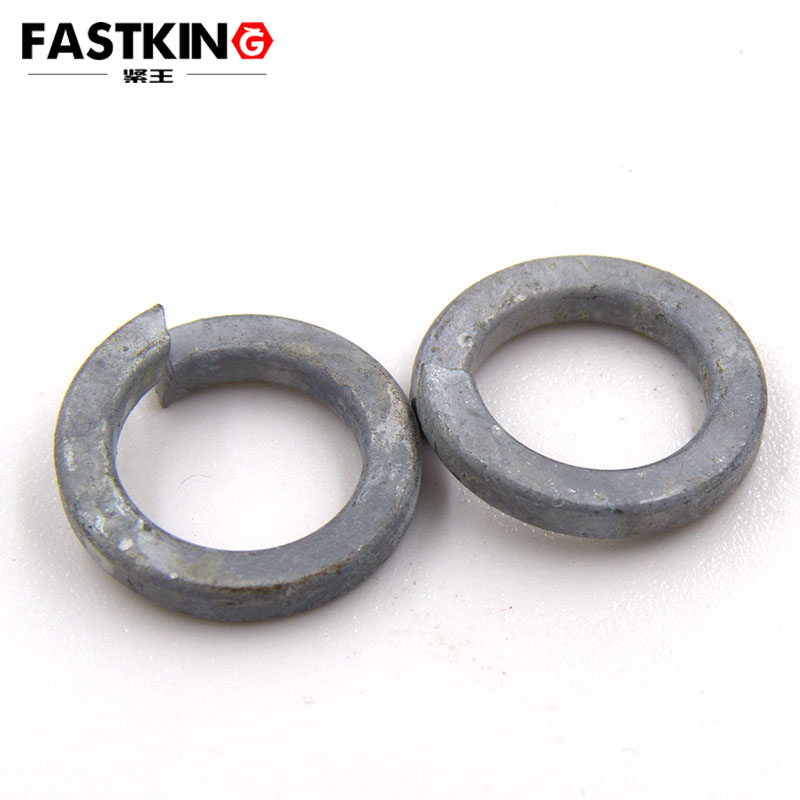- ZHUHAI JIALI HARDWARE CO.,LTD.
- +86-756-8586520
Grade 8 Open Coil Spring Washers GB93 (65MN Spring Steel)
- Product description:Grade 8 Open Coil Spring Washers GB93 (65MN Spring Steel) - Sizes M2, M3-M27
I. Core Dimensions for Selection: Precise Matching with Requirements
1. Material and Strength Compatibility: Targeting Operating Condition Tolerance
The core advantages of 65MN spring steel lie in its high elasticity and fatigue resistance, which enables it to maintain stable performance within a temperature range of -40℃ to 300℃. It is suitable for high-frequency vibration scenarios such as construction machinery, automobile chassis, and heavy-duty motors. Key checks during selection include:
- bolt Strength Matching: Grade 8 open coil spring washers must be paired with high-strength bolts of Grade 8.8 or above (e.g., sizes M8-M30). This avoids bolt shear failure caused by excessively high washer strength, or permanent deformation of the washer (resulting in loss of anti-loosening effect) due to insufficient strength.
- Environmental Adaptability: For humid or lightly corrosive environments (e.g., outdoor distribution boxes, water pump units), 65MN spring washers with surface galvanization (hot-dip galvanization/electrogalvanization) should be selected to enhance rust resistance; for dry conditions (e.g., internal connections of machine tools), uncoated (natural finish) washers can be used to reduce costs.
2. Dimension Standard Alignment: Adhering to GB93 Specifications
The GB93 standard clearly specifies the inner diameter (d1), outer diameter (d2), thickness (h), and opening width (s) of open coil spring washers. During selection, precise matching with the nominal diameter of the bolt is required to avoid anti-loosening failure caused by "large washers with small bolts" or "small washers with large bolts":
-
Bolt Nominal Diameter (M)Washer Inner Diameter d1 (mm)Washer Outer Diameter d2 (mm)Washer Thickness h (mm)M88.4162.5M1010.5203M1212.5243.5M1616.5304.53. Operating Condition Screening: Focusing on Anti-Loosening and Installation Efficiency
- High-Frequency Vibration Scenarios (e.g., automobile drive shaft connections): Prioritize washers with no burrs and smooth opening edges to prevent scratches on bolt threads during assembly; simultaneously, verify the washer's elastic modulus (typically requiring ≥2000N/mm) to ensure preload is maintained after long-term vibration.
- Bulk Assembly Scenarios (e.g., home appliance production lines): It is recommended to use combined kits of "spring washers + flat washers" (65MN spring washers paired with 200HV flat washers). This reduces separate selection time, and the flat washers can distribute the pressure of the spring washers on the connected parts, avoiding base material deformation.
II. Assembly Optimization Techniques: Enhancing Efficiency and Reliability1. Pre-Treatment: Reducing Assembly Risks-
Cleaning and Inspection: Before assembly, remove oil stains and rust from the washer surface (using compressed air for blowing or alcohol for wiping) to prevent reduced elasticity caused by impurities; simultaneously, check for cracks at the opening (65MN steel is prone to fracture under stress if cracks exist).
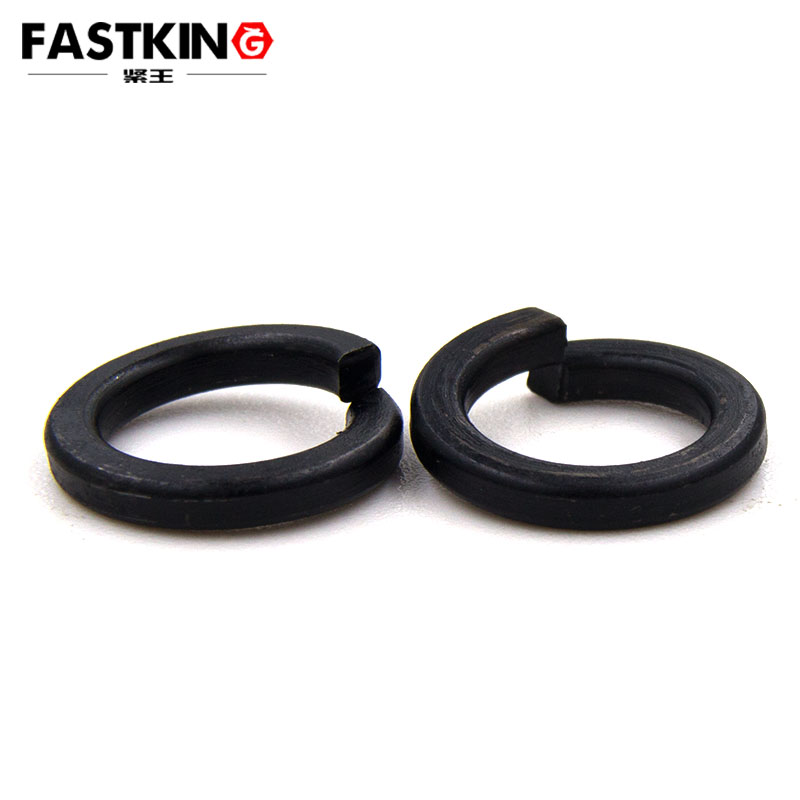
- Orientation Confirmation: The "opening direction" of GB93 open coil spring washers must align with the bolt tightening direction (e.g., for clockwise bolt tightening, the washer opening should tilt clockwise). This ensures the washer undergoes smooth elastic deformation during tightening, rather than being crushed by the bolt head.
2. Tool and Torque Control: Avoiding Over-Assembly- Tool Selection: For bulk assembly, torque wrenches are recommended (set to the corresponding torque value; e.g., for M12 bolts paired with Grade 8 washers, the recommended torque is 60-70N·m). This avoids uneven torque caused by manual wrenches (insufficient torque leads to loosening, excessive torque crushes the washer).
- Assembly Sequence: When using both flat washers and spring washers, follow the sequence of "Bolt → Spring Washer → Flat Washer → Connected Part" (the spring washer is close to the bolt head, and the flat washer is close to the connected part). This ensures the elastic force of the spring washer acts directly on the bolt, enhancing the anti-loosening effect.
3. Post-Assembly Inspection: Ensuring Long-Term Stability- Immediate Inspection: After assembly, use a feeler gauge to check the fit between the washer and the bolt head/flat washer (gap ≤0.1mm). If there is an obvious gap, replace the washer with the correct specification.
- Regular Sampling Inspection: For critical equipment (e.g., wind turbine tower connections), it is recommended to sample and inspect washer elasticity every 3 months (using a tension meter to measure washer compression; if compression exceeds 20% of the initial thickness, replace the washer).
III. Common Problem Solutions- Washer Fracture After Assembly: This is mostly caused by excessive bolt torque or impurities in the washer material. Reduce the torque to the standard range (refer to the bolt torque table) and replace with qualified 65MN spring washers (requiring suppliers to provide material test reports).
- Poor Anti-Loosening Effect: This may result from mismatched washer and bolt specifications (e.g., M10 bolts with M8 washers). Recheck the GB93 dimension table to ensure the inner diameter deviation is ≤0.5mm.

